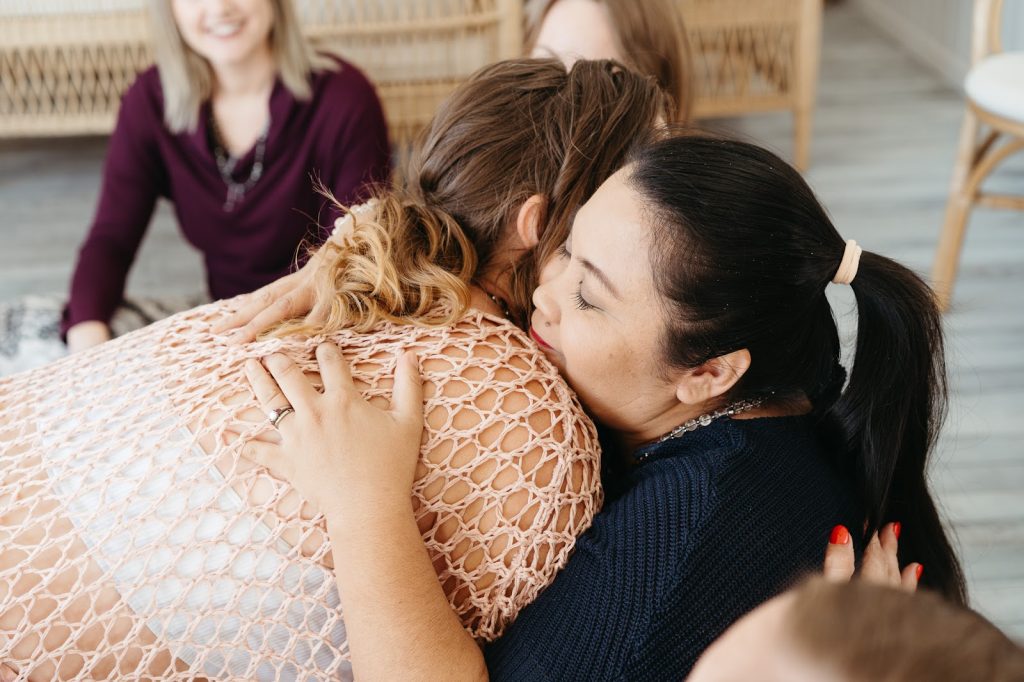When you think about forgiveness, what comes to mind?
If you’re like most of us, you’ve probably learned forgiveness is for the other person. Like, when someone offers an apology, forgiveness is the “right thing to do.” (After all, look how sorry they are- is it fair to make them wallow in regret?)
We pressure ourselves into “pardoning others for their transgressions” or “taking the high road”. Sometimes we even convince ourselves we’ve let it go- when in reality there’s still lingering resentment.
And guess who suffers in the end?
That’s right- you 🙂
How so?
Glad you asked!
Because in this article, we’re gonna see how resentments manifest in our bodies as dis-ease. Then I’ll walk you through a practical forgiveness exercise to set you free– and begin or deepen your own inner healing journey.








